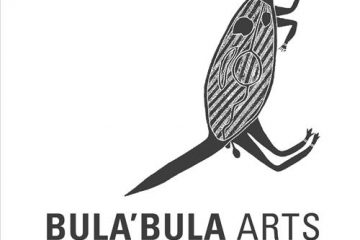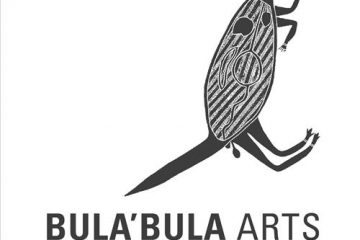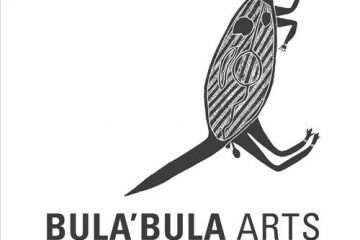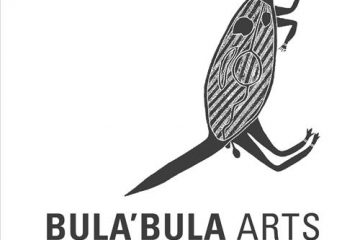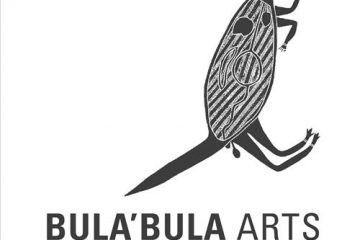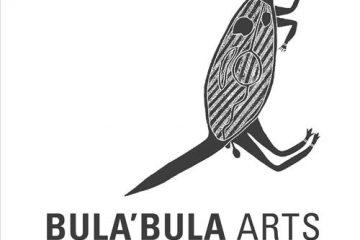Bula'bula Arts
115682344783
Woven Mat Traditionally, Nganiyal (conical mats) were used as an insect screen when erected, and as a sitting mat when folded. They are used in Ceremony as well as a functional item. Nowadays, artists weave many different shapes including flat, round and oblong.
